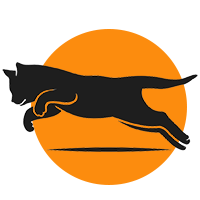Inspiration and Prototype Research
$20 Thrift Store Locomotive – What’s Inside Will Surprise You
Table of Contents
Real Words, Just Polished with a Little Help
Note: I used AI to help turn the transcript of my latest video into this blog post. The words and ideas are mine—I just got a little help organizing them and cutting out the fluff for those of you that are in a rush and to help search engines find me.
Starting the FEC SW1200 Rebuild – A Thrift Store Locomotive Gets a Second Life
A $20 thrift store engine kicks off a full teardown and rebuild. Follow along as I break down the FEC SW1200 and prepare it for DCC, LEDs, and some 3D-printed upgrades.
Every rebuild starts with a teardown.
This FEC SW1200 is a $20 thrift store find—one of those rare gems that make the hunt worth it. The motor still runs, which is a win, but it needs work. The front light is shot, the wiring is old, and the horn couplers aren’t going to cut it for my layout. So I started breaking it down.
The body comes apart easily enough with a Phillips screwdriver. Removing the couplers also unlocks the shell. From there, it’s just about taking your time, staying organized, and not letting a few broken tabs or glued-in parts frustrate you.
I tossed the horn couplers in my parts bin (always keep the boxes though—they matter). I keep a junk drawer-style parts container close by; highly recommend it if you’re doing these kinds of projects. Saves your sanity.
Once the shell was off, I could see the default DC control board and a few repairs someone else had already attempted. Not everything was done cleanly. A few glued joints. Some cracked plastic. It happens. Especially with older models. That’s part of the fun—and part of the story.
I used some Bob Smith CA debonder to help loosen things up where it made sense. Not every part came off cleanly, but nothing unfixable. The cab came off in pieces, and I found more signs of past fixes. I’ll replace the incandescent light with LEDs later and upgrade the side handrails with a modern 3D-printed design I’ve been working on.
I’m not doing ditch lights on this one. Trying to keep it simple, functional, and clean.
Next up will be the trucks—swapping the old ones out for my 3D printed roller bearing design—and prepping for DCC. But that’s for another day.
Appreciate you following along.
Until next time—keep building.

